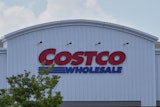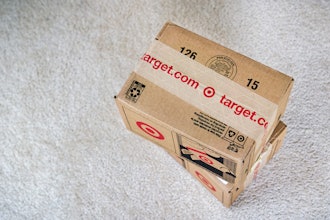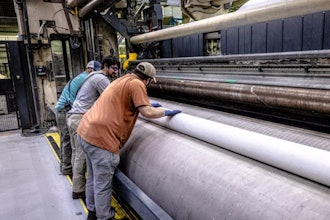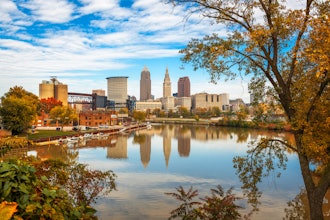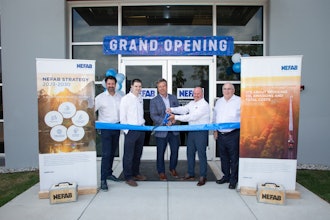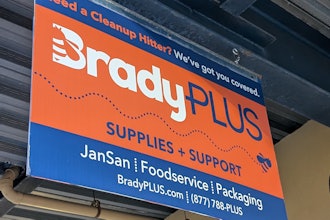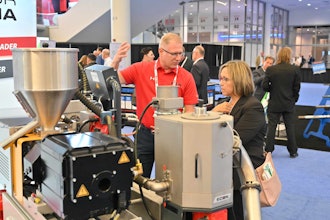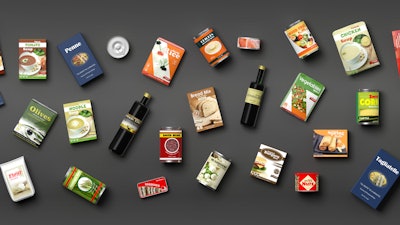
Which type of bread would most consumers choose? Artisanal, or packaged? The answer would depend on when we ask the question. The responses and reasons would differ dramatically 150 years, 50 years, 150 days or 50 days into the past.
Numerous major food and beverage brands were founded during the late 19th century including Budweiser, Campbell’s, Coca-Cola, Coors, Heineken, Heinz, Hershey, Hormel, Nabisco, Nestlé, Pepsi-Cola, Pillsbury, Post, Quaker Oats, Smucker’s and Wrigley. If we extend the timeline a mere ten years, we can also include Kellogg’s and Kraft. The rise of the packaged food industry was certainly enabled by supply factors during the late stages of the Industrial Revolution. But why was there consumer demand?
Consumer Packaging Timeline
 iStock
iStock
Henry Heinz was successful because he was scrupulous about the quality of his products and processes. He used clear glass packaging that allowed consumers to inspect the product before purchase and he opened his factories for public tours. Heinz realized that a properly designed and managed facility could not only deliver inexpensive products, but also ensure low levels of contamination and spoilage. As consumers realized that his products were reliable and tasty, they developed trust in the Heinz brand and sales increased exponentially.
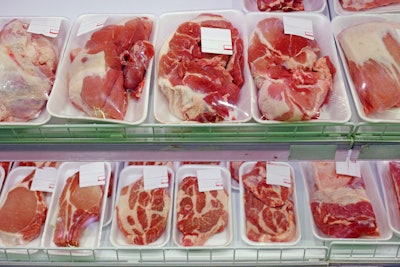 iStock
iStock
The market solution was a vast system of food manufacturers and retailers. Only a move toward industrialized agriculture, production and distribution could satisfy the immense and growing demand at regional and national levels. Packaging offered a system for preservation, which also had important benefits for the supply chain by increasing shelf life and reducing damage during shipping.
During the 20th century, Americans increasingly relied upon packaged foods. The traditional shelf-stable formats were expanded to include frozen foods and eventually chilled products, which had better flavor and texture profiles than canned foods. The value propositions were improved safety, longer storage, lower price and increased convenience of preparation.
Over the past few decades, there has been growing resistance to packaged foods of any type. Some concerns are similar to those a century ago, but they are interpreted differently today. The notion of freshness now means recently harvested and unprocessed, rather than unadulterated or spoiled. The concept of nutrition has been enlarged to include medical research about longevity, fitness, diabetes and brain health. Consumers have also become more attentive to the harmful effects of artificial ingredients.
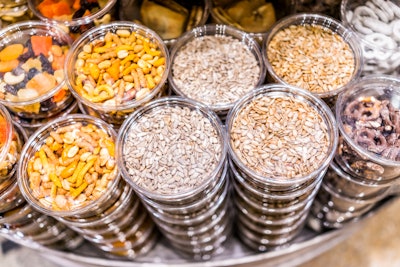 iStock
iStock
Meanwhile, on the supply side, many food manufacturers were mishandling their legacy brands. To improve operational efficiency and optimize financial results, companies were reducing the size and quality of their products, while decreasing expenditures on advertising and brand promotion. Worse yet, these historic companies had lost their sense of purpose. They had forgotten how and why their brands became successful in the first place. And they had surrendered the narrative to competitors and substitutes.
A century ago, the food system was energized by notions of progress and technology. Today, the fashionable paradigm for food is regressive. A social movement signified by slogans such as ‘farm to fork’ or ‘eat local’ has increasingly convinced consumers to purchase or prepare food that has been minimally handled and processed at every phase of the value chain.
Pandemic Impact
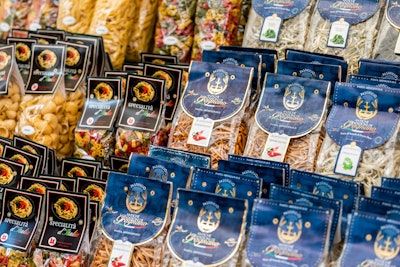 iStock
iStock
The current pandemic provides a favorable outlook for manufactured food over the short term. Consumers are expected to purchase a greater proportion of their food at retailers versus restaurants, be more concerned about shelf life, be more attentive to contamination and be more cautious about unknown providers. All of these factors favor packaged food from manufacturers with trusted brands.
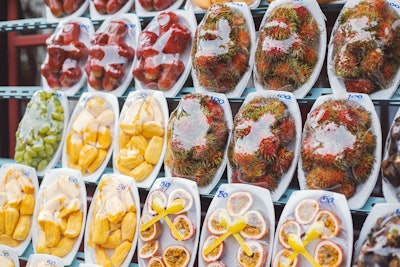 iStock
iStock
Food manufacturers can influence the outcome in their favor. Instead of accepting the prevailing narrative scripted by detractors that focuses on weaknesses, the packaged food industry should promote a counter-narrative that focuses on strengths. These are unquestionably consistency, reliability, availability and safety from contamination.
Such claims can be justified and promoted in three different ways. The first approach involves explaining and promoting the features and benefits of the product, with a focus on technological progress in processing and packaging. People are often fascinated when they actually see complex manufacturing facilities in operation. The second approach involves subtly exploiting the current pandemic by promoting the practical epidemiological benefits of centralized manufacturing and impermeable packaging. The disruption caused by the coronavirus will be remembered long after it has abated, which means such messaging would likely have value over the long term.
The third approach involves crafting a narrative that connects existing events to a favorable historical context. The last time that Americans faced serious problems with the safety and availability of food was the 19th century. Henry Heinz and others solved that problem with manufactured food. Although the current situation is not as severe, consumers are nonetheless starting to worry about such issues. Once again, packaged foods are part of the solution.
 Hudson
Hudson
Bradford Hudson is Associate Professor of the Practice of Marketing in the Carroll School of Management at Boston College. He holds a Ph.D. in business history and specializes in heritage marketing. He is a former strategy and marketing consultant to numerous multinational corporations including Cadbury Schweppes and Nestlé. He can be contacted at [email protected]
This article was excerpted by permission from Brand Heritage Review.
